Prøve GULL - Gratis
GATE KEEPERS
Hobby Farms
|September - October 2023
Livestock fencing keeps your animals in and predators out.

I’m not sure if critters get a bit bored with the same old pasture, but they can plainly see that what’s on the other side hasn’t been chomped and is therefore taller and smells fresher. The problem is animals can get in trouble when they break their confinement. Sadly, we all want what we don’t have, even if we have plenty and are safe right where we are.
That phrase “The grass is always greener on the other side” has been around for more than a century. It was probably born because some farmer noticed that his or her livestock would continually reach over the fence to nibble the greens on the other side. It didn’t take much time to relate the phrase even to human behavior. Anyway, it should serve to illustrate the importance of fencing.
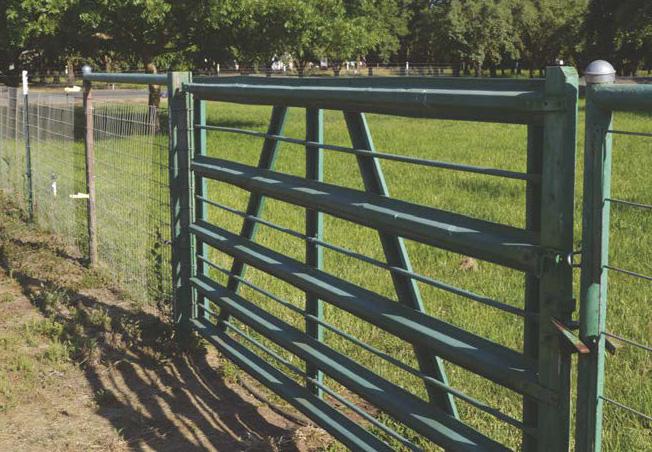
INS & OUTS
Fencing is required to satisfy two important potential problems: how to enclose your livestock or poultry and how to keep predators and/or other humans out. To ensure success, you must consider several factors, the first being the species of livestock.
ANIMAL CONSIDERATIONS: Each species of livestock has specific behavioral tendencies that dictate which type of fencing is going to be the most ideal. For instance, chickens can fly over low fences and all poultry may need protection from aerial attack. Swine tend to rout under fencing if it isn’t partially buried beneath the surface by at least a few inches of topsoil. Horses may tend to chew on wood fences destroying the top run of a board fence. Give some thought concerning species you have or may have in the future.
Denne historien er fra September - October 2023-utgaven av Hobby Farms.
Abonner på Magzter GOLD for å få tilgang til tusenvis av kuraterte premiumhistorier og over 9000 magasiner og aviser.
Allerede abonnent? Logg på
FLERE HISTORIER FRA Hobby Farms

Hobby Farms
Fermented Bruschetta
It's tomato time, so use those ripened, garden-grown beauties to ma make some fermented bruschetta! This recipe will show you how.
2 mins
July/August 2025
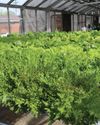
Hobby Farms
Raising Plants Hydroponically
This issue's column comes from a slightly different perspective, as producing plants hydroponically is a practice that hasn't yet caught on with many farmers. Yet, it could certainly fit very easily into any number of farming operations.
7 mins
July/August 2025
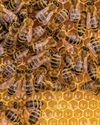
Hobby Farms
HEALTHLY HIVES
Nurturing a beehive can turn out to be nearly as sweet as the liquid gold found at the end.
7 mins
July/August 2025
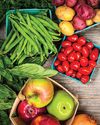
Hobby Farms
Assessing Market
As your hobby farm grows from pleasure toward profit, consider the next step: a farmers market.
7 mins
July/August 2025
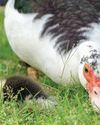
Hobby Farms
METAL TOXINS & DUCKS
Poisoning from metal toxins is a surprisingly common issue in backyard duck flocks.
4 mins
July/August 2025
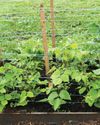
Hobby Farms
Big Bean Bonanza!
With literally thousands of varieties available, there’s bound to be a bean or two that will suit your growing conditions and please your palate.
6 mins
July/August 2025
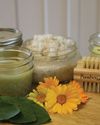
Hobby Farms
Herbal Hand Healers
Create a hand scrub and lotion from your garden.
7 mins
July/August 2025
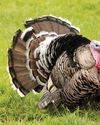
Hobby Farms
NARRAGANSETT TURKEY
Narragansetts are meat turkeys known for being very prolific, broodiness and possessing calm dispositions.
1 min
July/August 2025
Hobby Farms
Plant Cukes In July
If you live somewhere in USDA hardiness zones 5, 6 or 7 and you want a bigger, better cucumber harvest, sometime during the first two weeks of July is an excellent time to plant more cucumbers.
2 mins
July/August 2025
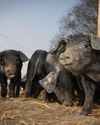
Hobby Farms
LARGE BLACK HOC
The Large Black is a docile heritage breed of swine originating in England improved from the Old English Hog from the regions of Devonshire and Essex.
1 min
July/August 2025
